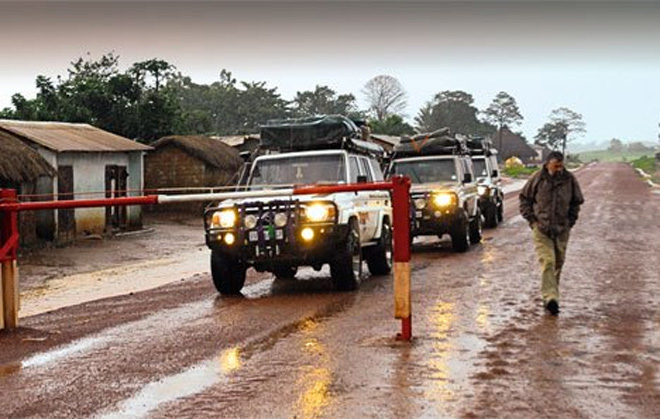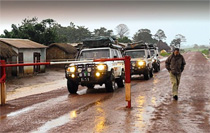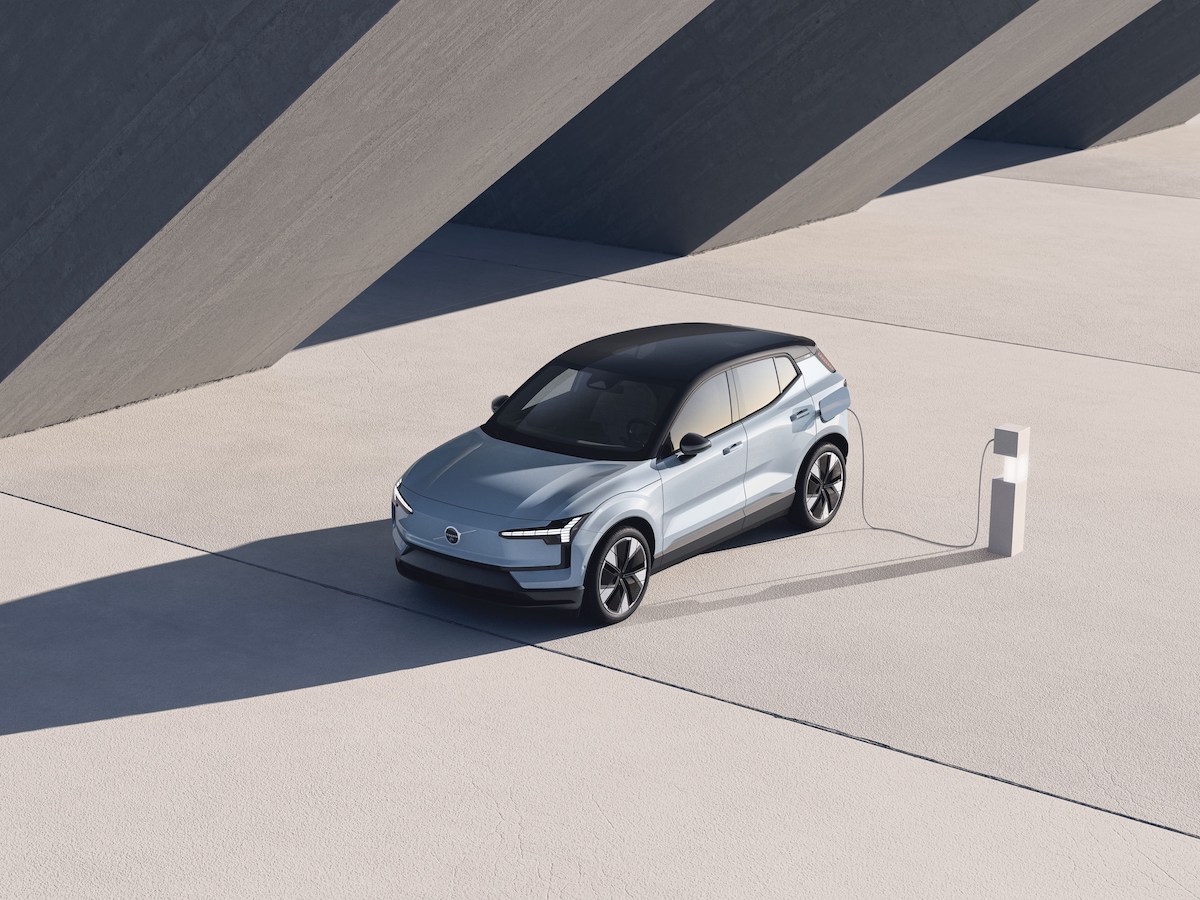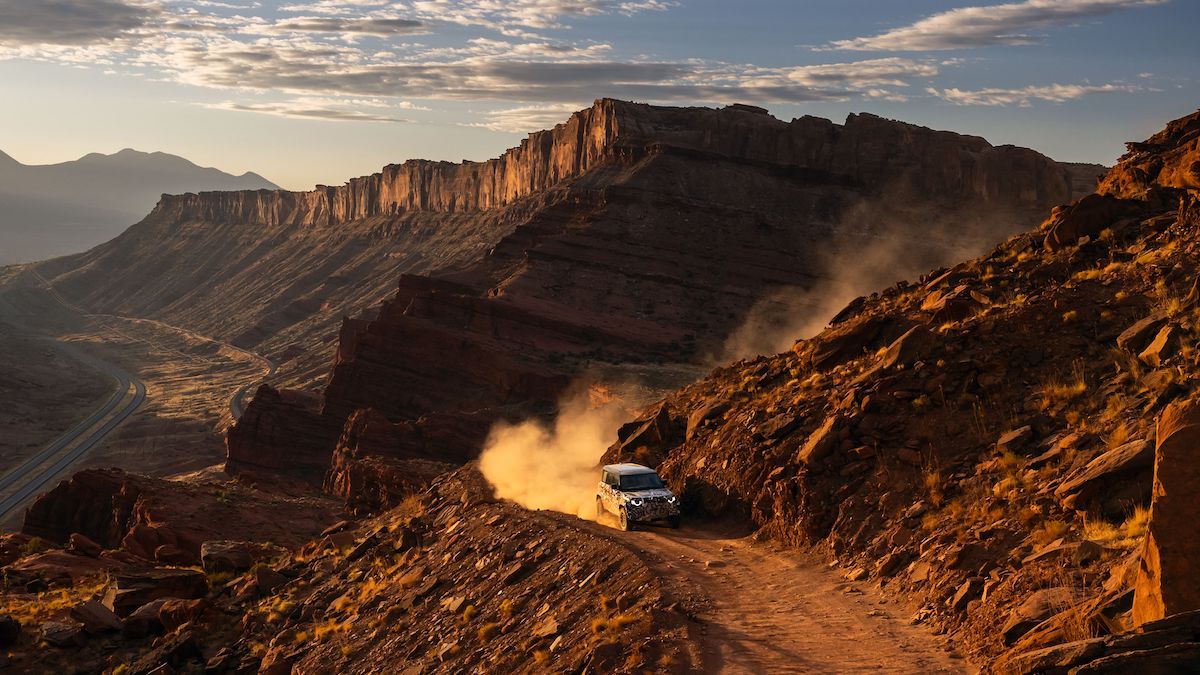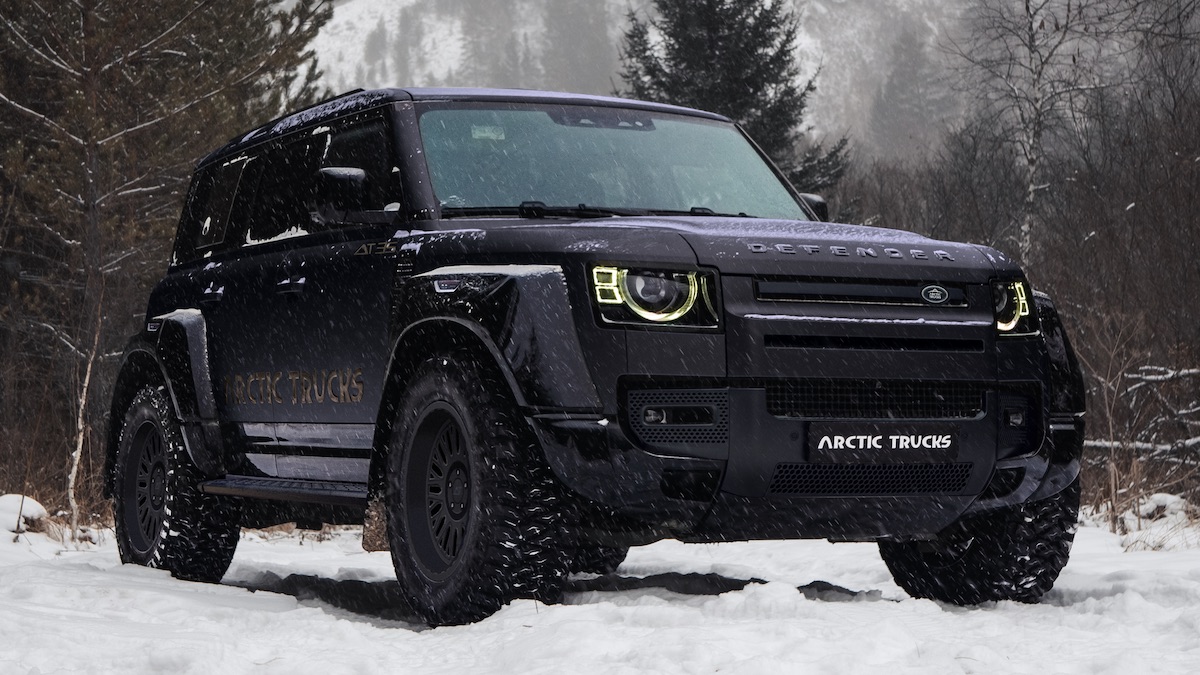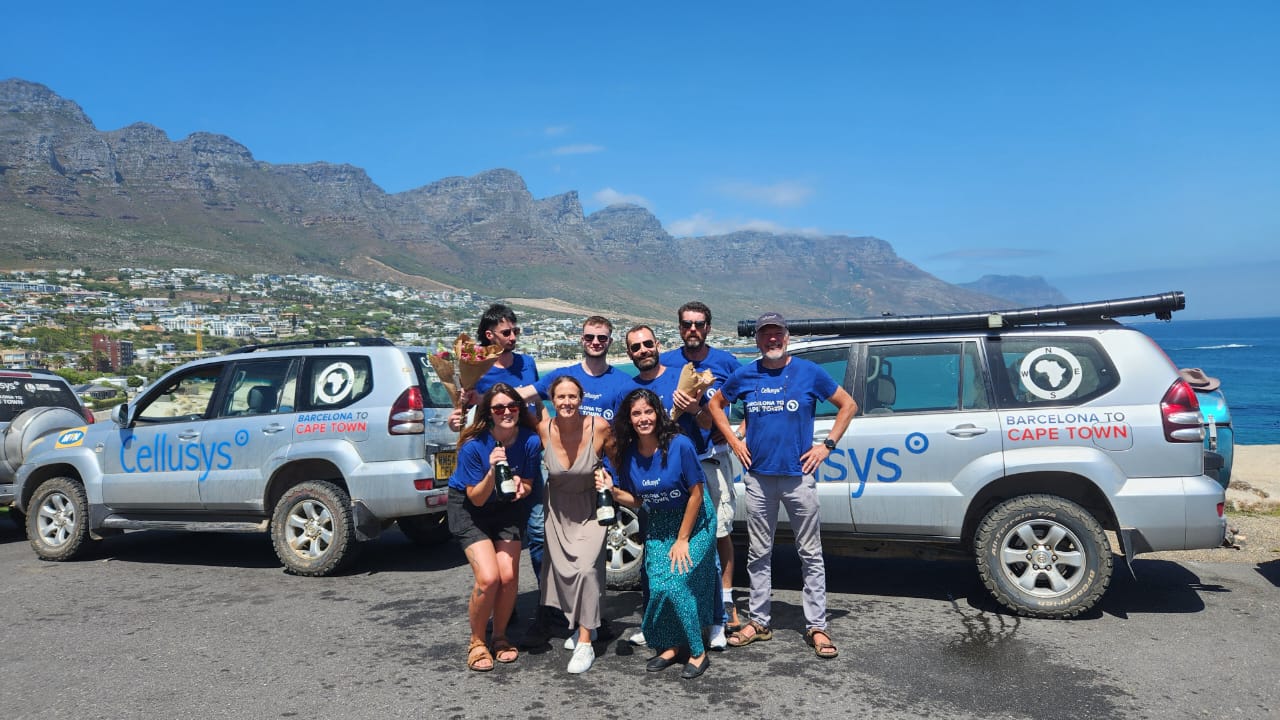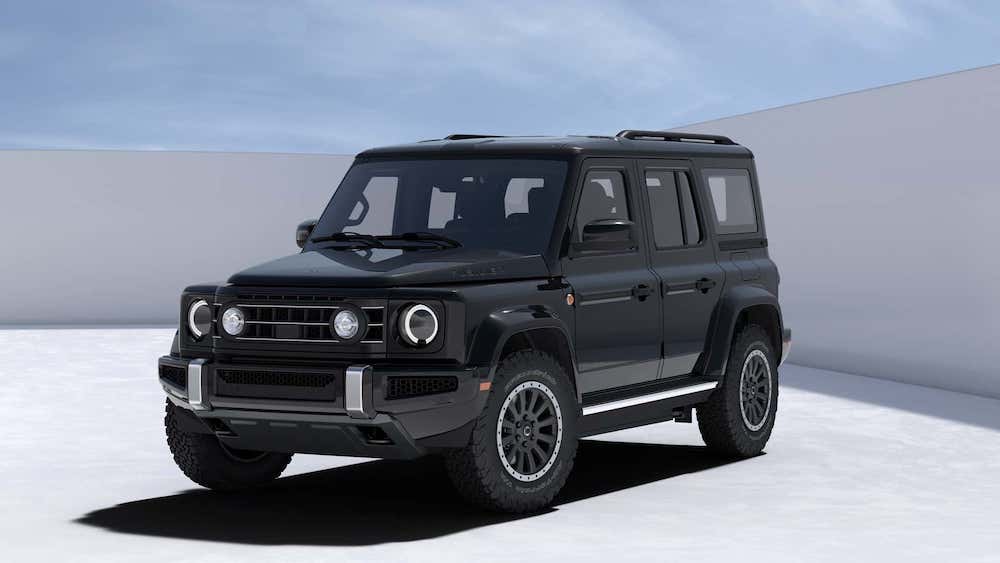Travelling in Cameroon is African adventure at its best. This Central African country, just north of the Equator, is a fascinating place to visit. From the rolling hills in the north, to the dramatic landscapes of the Ring in the west, down to the overwhelming tropical forests in the south. Cameroon is blessed with natural beauty.
The same can be said about its people. The country is populated by 18 million Cameroonians, mostly living in Francophone Cameroon and speaking only French. But in the west, near the active volcano of the mountain that carries the country’s name, you find Anglophone Cameroon – English-speaking Cameroon. All part of the rich heritage of the country which was influenced first by the Portuguese who named the country, then by the Germans, and eventually by the English and French as Cameroon struggled through the colonial period towards independence in 1961.
Cameroon is rightfully being called Africa in miniature. This is a place known for its geological and cultural diversity. It is a country known for its soccer skills, with players like Roger Milla and Samuel Eto’o, skilful artisans with a soccer ball and members of the Indomitable Lions, the most successful team on the African continent. Some areas in the country are developed, even bordering on First World. But this is not always the case.
The most exciting aspect of Cameroon is travelling through this country on the gravel roads, where vehicles get stuck in pools of mud and where the ninja’s lurk around every corner to demand toll fees for fixing the roads, or for developing detours around lorries, busses and other unfortunate ones, stuck in the mud.
The Voetspore guys travelled from Maroua in the north to Bamenda in the east. We were very much aware of the terrain in which we were about to enter. Many overland travellers have complained in the past that Cameroon, like Congo Brazzaville, is the Mecca for highwaymen, robbers and bandits. They exploit the conditions. Where vehicles get stuck, they offer help. They expect payment. Sometimes they even create the obstacles themselves. They dig trenches in the road or put spiked barriers across the track. It is impossible to avoid them.
We were prepared. We had currency in small denominations, as well as other items that could be used as methods of payment such as tobacco and cigarettes. We even had a few beers that were not specifically for own consumption.
We reached the city of Ngaoundéré just before sunset. It was the end of the tarred road that runs from the north. But we pushed on into the night as it started to rain heavily. At 10 that night we reached Tibati. It was a very difficult drive in the rain, but it had its advantage – we encountered no other vehicles along the stretch of 215 km. The ninja’s must have been aware of this lack of traffic, of this lack of potential income.
We stayed over at a place called an “Inn”, or an “Auberge” in Tibati. It provided us with shelter, but not with comfort. The next day we pushed on towards the Ring.
* Don’t miss the first chapter from Johan Badenhorst’s Voetspore diary. Only in Leisure Wheels. On sale now!
